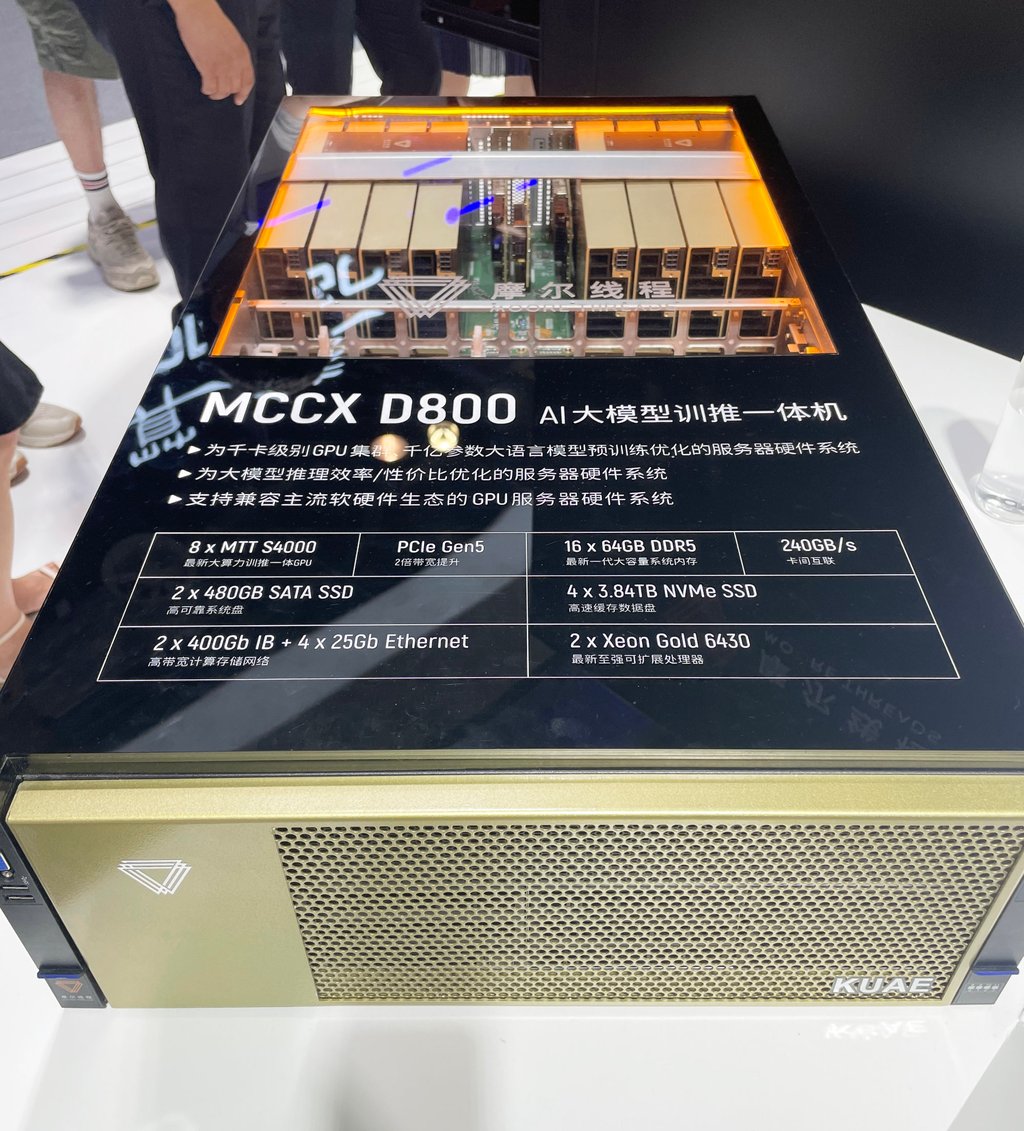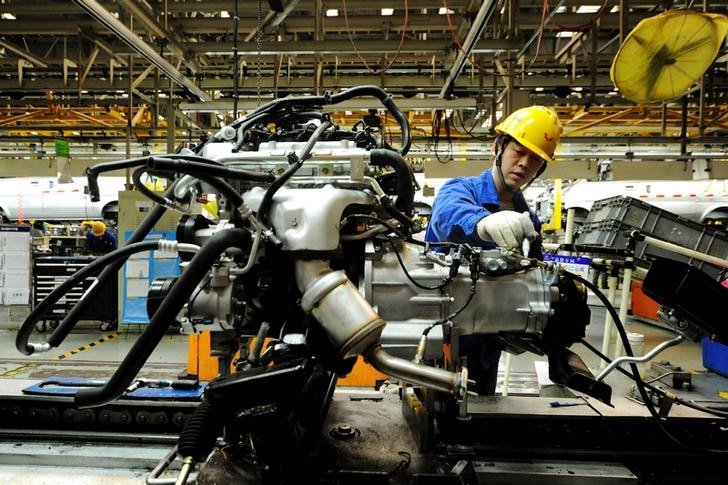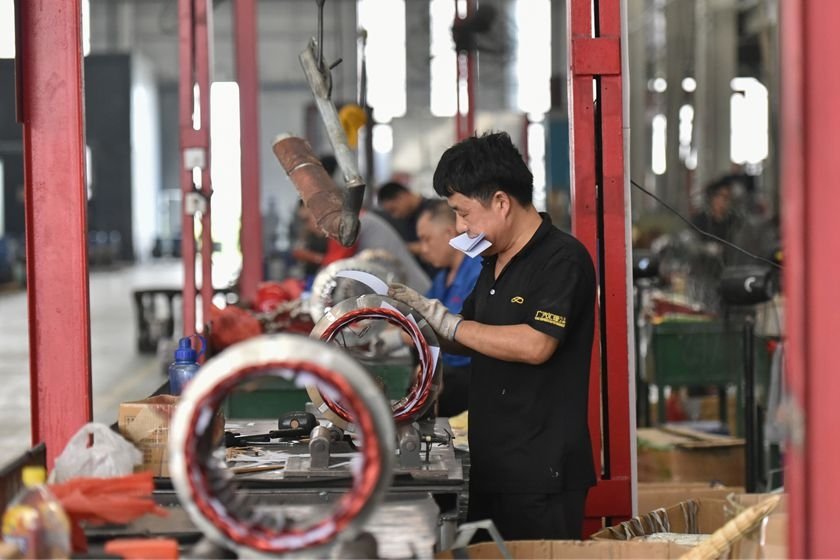The Beijing-based company last week received approval from the Shanghai Stock Exchange for an initial public offering (IPO). It took just 88 days from filing the application in June to receive approval, making it one of the fastest cases to get the green light to list on the Nasdaq-style Star Market.
The hastened timetable was the latest sign of how China is doubling down on efforts to achieve self-sufficiency in the chips that provide the computing power needed for the development of AI models, as the US-China tech war intensifies and casts a shadow over Nvidia’s future sales in the country.
“Moore Threads’ rapid IPO process reflects that the domestic GPU industry is entering a critical period,” said Zhang Xinyuan, an analyst from Beijing-based think tank Kefangde.
The listing, in which Moore Threads expected to raise 8 billion yuan (US$1.12 billion), would significantly accelerate the large-scale commercialisation of the company’s GPUs, Zhang added.

Behind the Moore Threads’ story is James Zhang Jianzhong, its founder and CEO, who previously spent 14 years working for Nvidia. He was vice-president at Nvidia and general manager of its China operations before leaving in 2020 to start his company.


![The Samsung Display office in Giheung, Gyeonggi [SAMSUNG DISPLAY]](https://koala-by.com/wp-content/uploads/2025/10/27a27b8f-749c-4315-8141-3559dfc45561.jpg)





